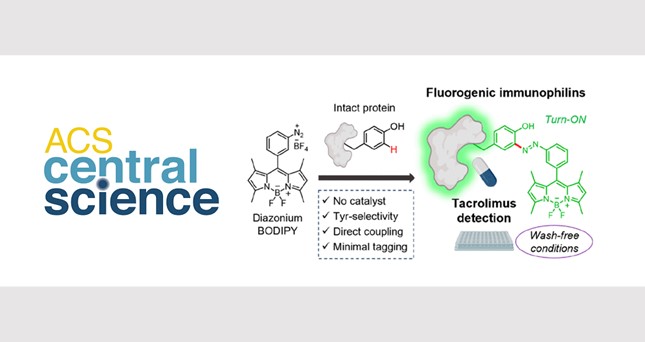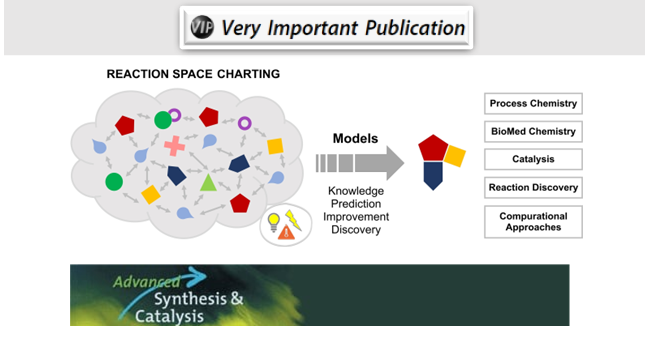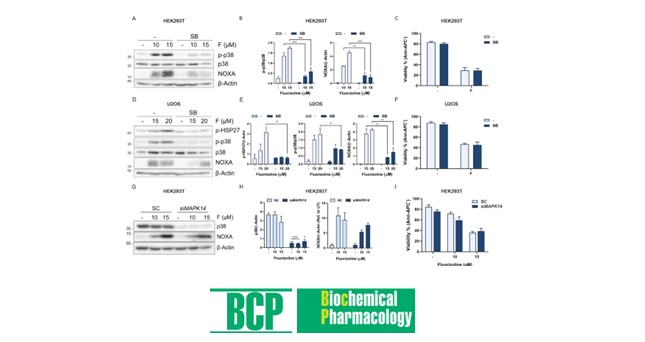Marta Jorba, Marina Pedrola, Ouldouz Ghashghaei, Rocío Herráez, Lluis Campos-Vicens, Franciso Javier Luque ,Rodolfo Lavilla, Miguel Viñas
This work reports a detailed characterization of the antimicrobial profile of two trimethoprim-like molecules (compounds 1a and 1b) identified in previous studies. Both molecules displayed remarkable antimicrobial activity, particularly when combined with sulfamethoxazole. In disk diffusion assays on Petri dishes, compounds 1a and 1b showed synergistic effects with colistin. Specifically, in combinations with low concentrations of colistin, very large increases in the activities of compounds 1a and 1b were determined, as demonstrated by alterations in the kinetics of bacterial growth despite only slight changes in the fractional inhibitory concentration index. The effect of colistin may be to increase the rate of antibiotic entry while reducing efflux pump activity. Compounds 1a and 1b were susceptible to extrusion by efflux pumps, whereas the inhibitor phenylalanine arginyl β-naphthylamide (PAβN) exerted effects similar to those of colistin. The interactions between the target enzyme (dihydrofolate reductase), the coenzyme nicotinamide adenine dinucleotide phosphate (NADPH), and the studied molecules were explored using enzymology tools and computational chemistry. A model based on docking results is reported.




